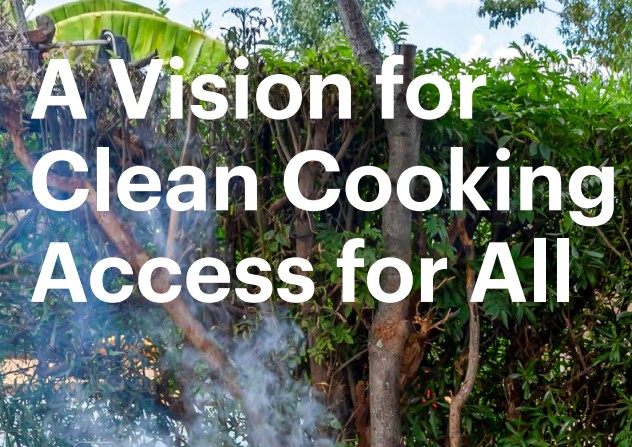

The IEA’s analysis identifies a least-cost, realistic scenario to reach universal clean cooking, requiring solutions which are all commercially available today. LPG remains the primary solution to deliver clean cooking access, representing nearly half of the households gaining access to 2030. In the last decade, 70% of those who gained access did so through LPG.
In case you wonder about the impact of LPG, you are right. It does have a negative impact, but remains by far the lesser of alrernate options and faster. Reaching universal access to clean cooking is a net-gain for the environment too. The switch to clean cooking solutions, such as LPG, drives up emissions by 0.1 Gt in 2030. However, the reduction of fuelwood and charcoal consumed also reduces methane and other greenhouse gas emissions emitted by incomplete combustion in basic stoves by 0.9 Gt of CO2-eq.
Deforestation is also reduced, saving 0.7 Gt in 2030. Overall, following the IEA vision for clean cooking for all results in a net reduction of 1.5 gigatons of CO2 equivalent by 2030, similar to the amount of CO2 emitted by planes and ships last year.
Electric cooking becomes the main option for one in eight homes gaining access by 2030, while many more homes adopt appliances like rice makers as part of their cooking routines. Electric cooking benefits from reduced imports, but faces challenges due to low electricity access rates and unreliable grids in some regions to scale. In rural areas, where fuel and electricity infrastructure are lacking, improved cookstoves (ICS) serve as an interim solution to deliver health benefits and time savings in the near term. If minimum performance standards are enforced, ICS reduce fuel needs by 20-75% and drastically cut dangerous smoke and fumes. Continued efforts to provide modern cooking solutions help replace ICS as the primary cooking means for homes by 2040.
Clean cookstove projects in rural areas are considered highly additional, as the projects would not occur without these credits. Additionality is important for companies looking to make sustainability claims with these credits, making them attractive instruments. Clean cooking credits often fetch a higher price than other credits on offer, due to the multiple benefits of improving health, gender equality, poverty alleviation, and reducing deforestation. In the last 5 years, international carbon credits from clean cooking projects often traded three- to six- times higher than the average credit, and typically fetched prices of around USD 10-25 per stove. Clean cookstoves represent a fraction of voluntary carbon markets by volume of issuances (5%), with about 79 million credits issued up to 2023. Of these, almost 70% were focused on sub-Saharan Africa. In the Access for All scenario, the full mitigation potential for sub-Saharan Africa could be reach below USD 30 per tonne of CO2, making it one of the cheapest options for project investments with robust additionality.
Several challenges exist in Measurement, Reporting and Verification (MRV) to meet requirements for high-quality carbon credits, as does the legal system to access these funds. Grant funding can help set up these systems. One challenge is that today international
carbon credit markets lack depth. Scaling up the use of these revenues in parallel requires bringing more buyers to the market. Schemes must balance emissions reduction accountability for companies’ scope 1 and 2 (operations and indirect) emissions, while also not prohibiting greater use of international offsets that can be key to rising levels of investment in EMDEs.
For the full report, click here
In a significant move toward advancing green energy and industrial growth in the state, Himachal…
Golabl chemical conglomerate BASF has announced that its now offering the world’s first biomass-balanced polyethersulfone…
In a crucial stint to bolster the biogas sector and sustainable dairying in the country,…
TotalEnergies SE has received approval to proceed with its Middlebrook solar and battery project in…
Andhra Pradesh Chief Minister Chandrababu Naidu has inaugurated the Rs 1,000-crore green hydrogen plant of…
The BITS Pilani has developed an innovative solution for managing landfill leachate, domestic septage, and…